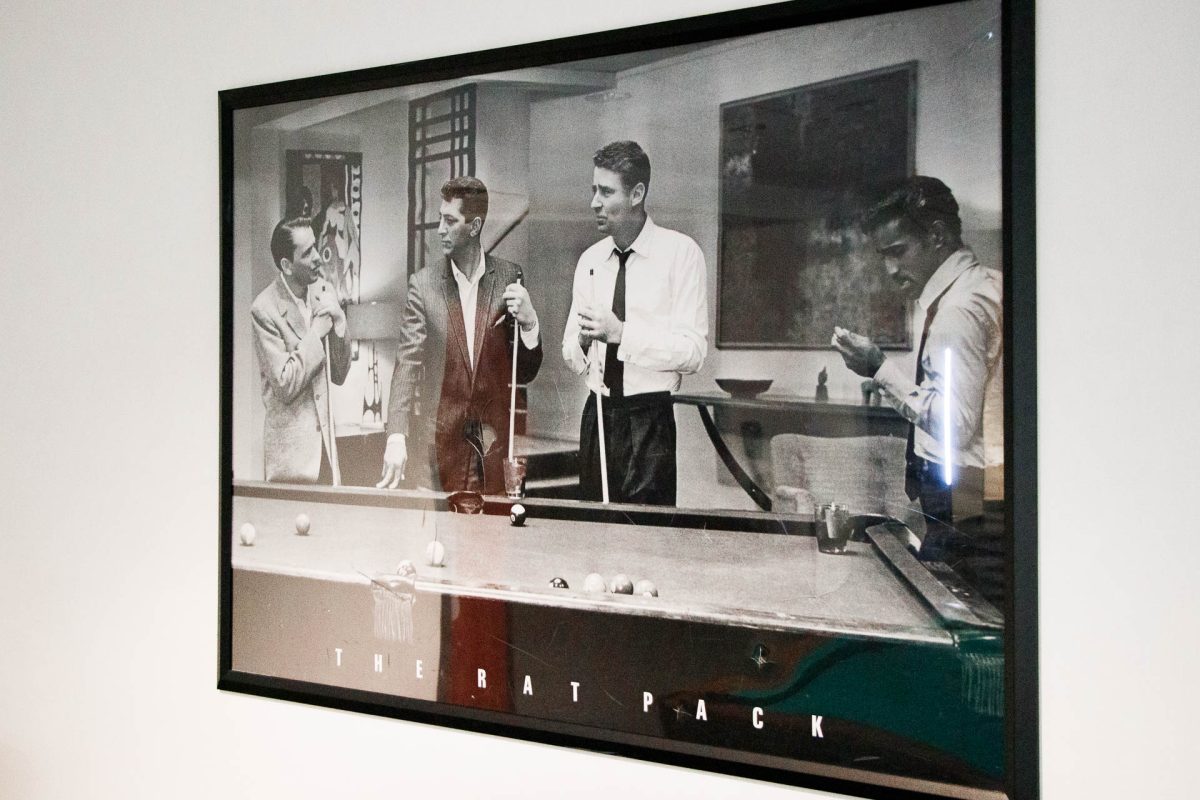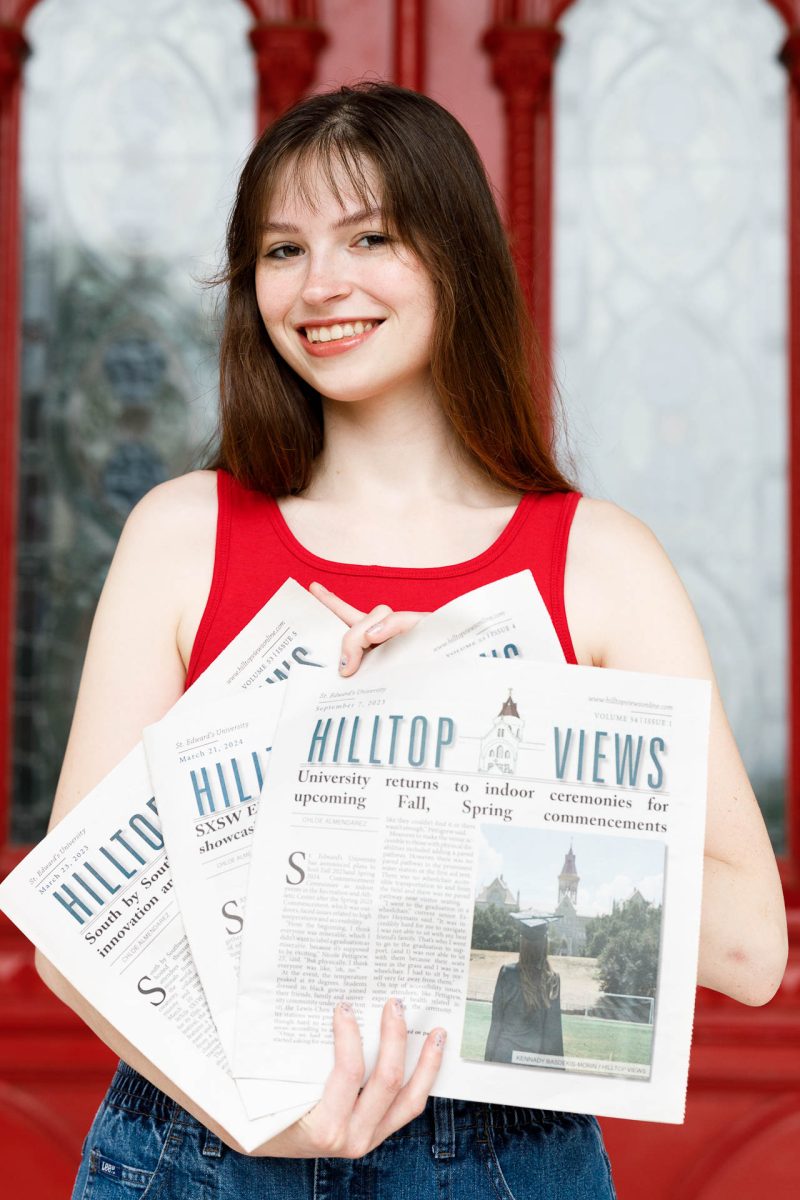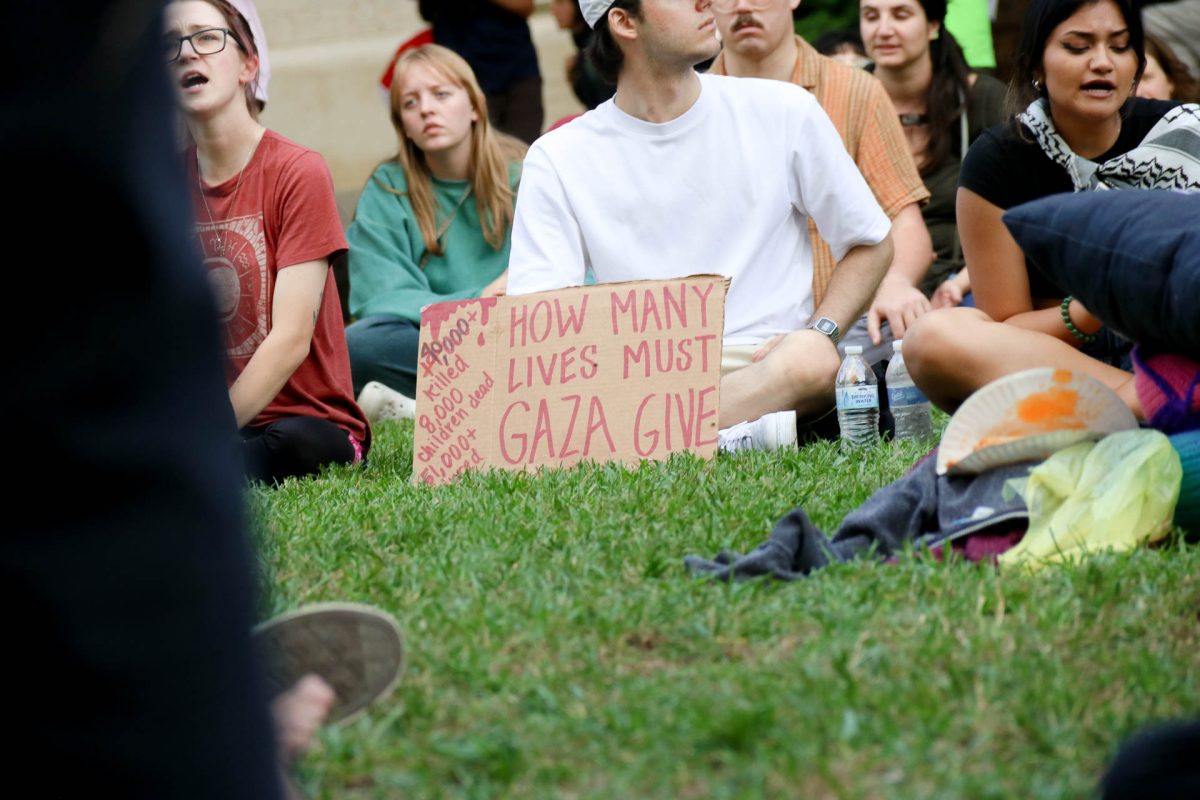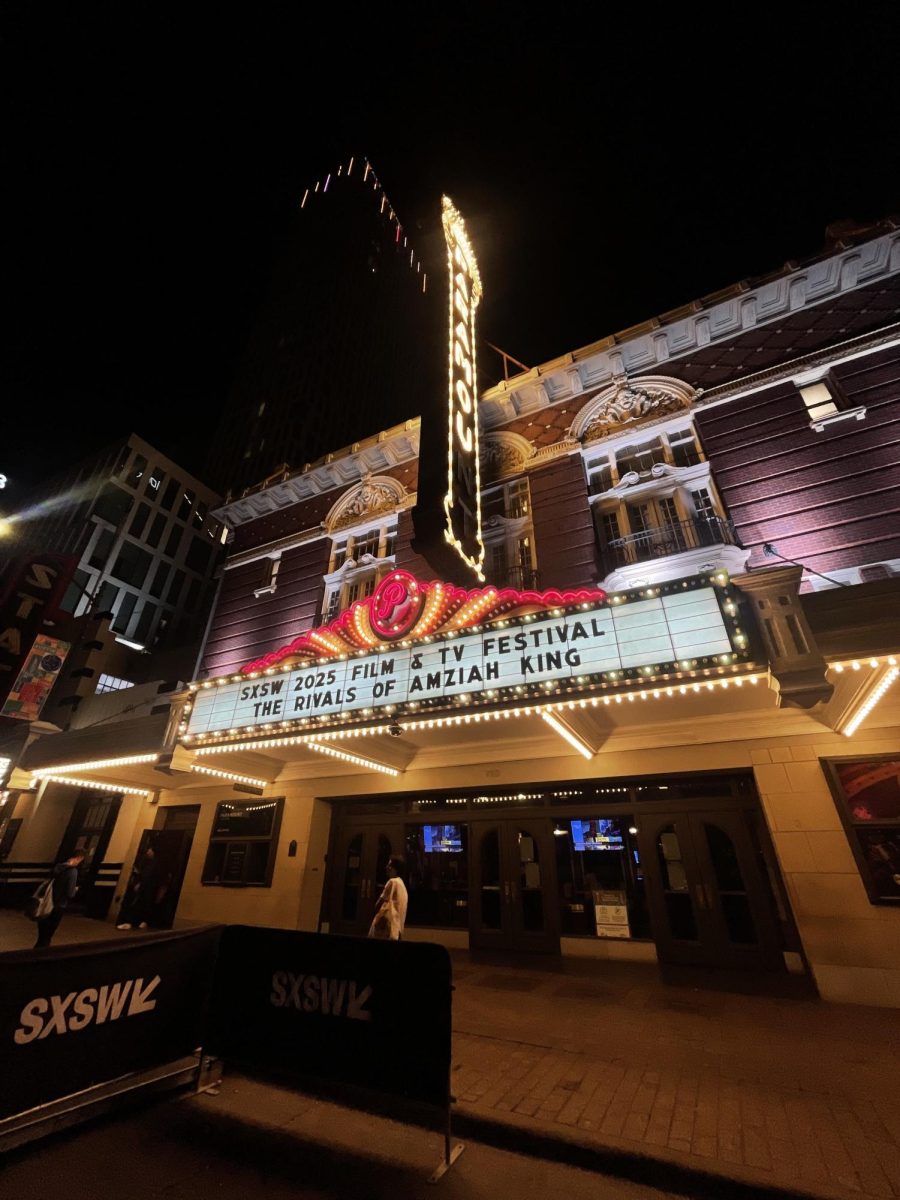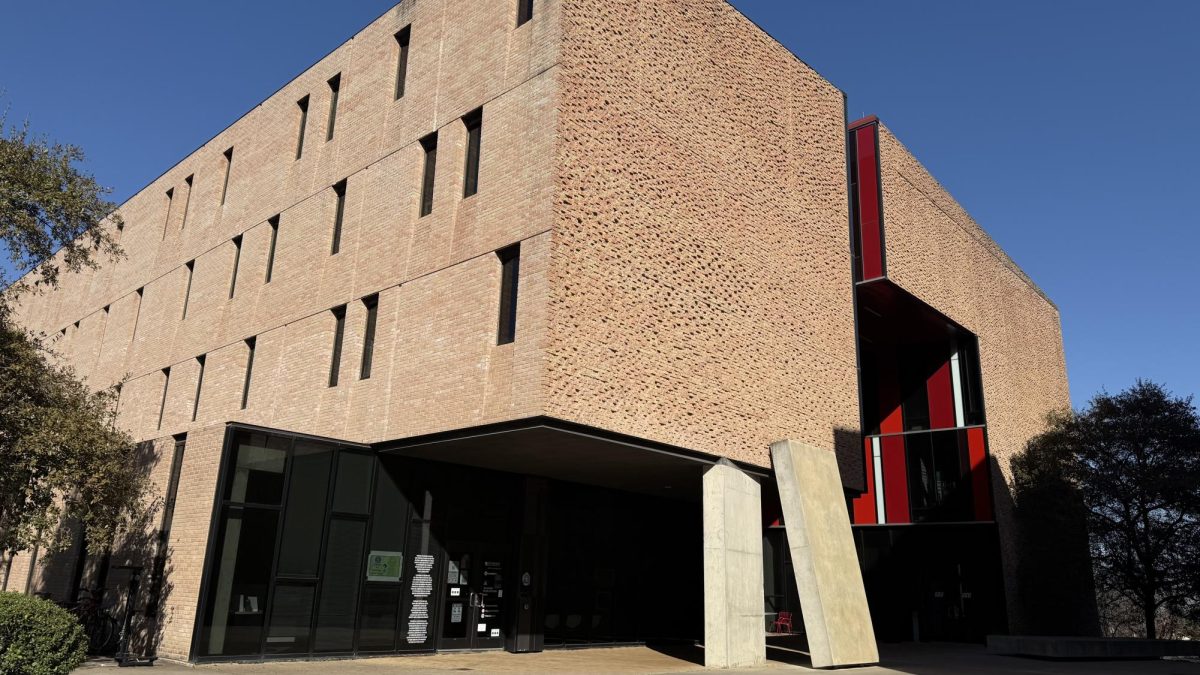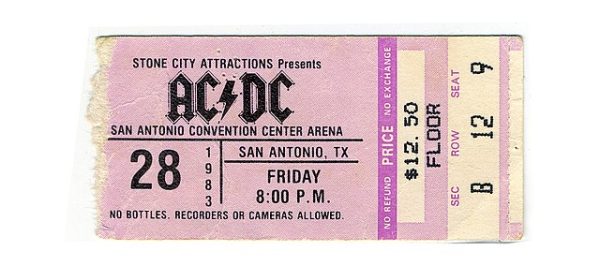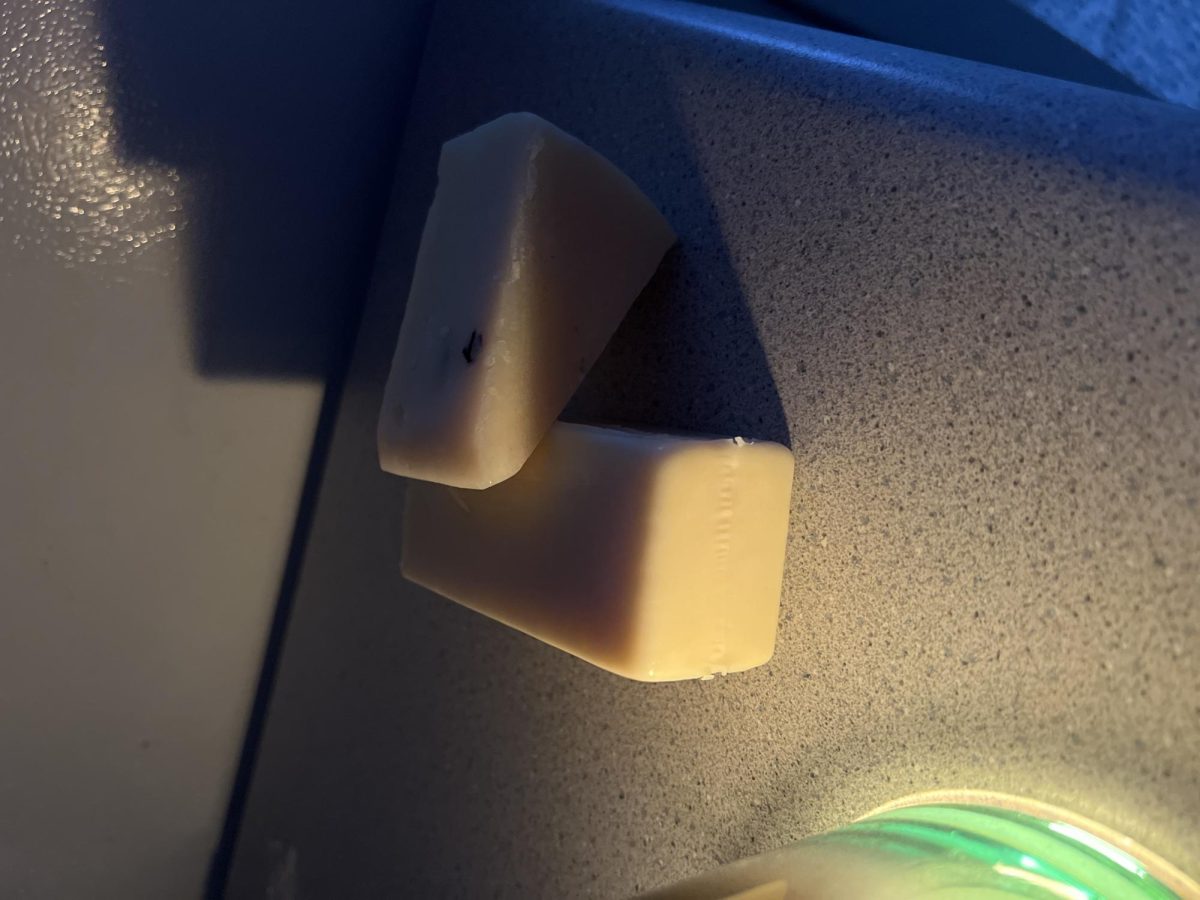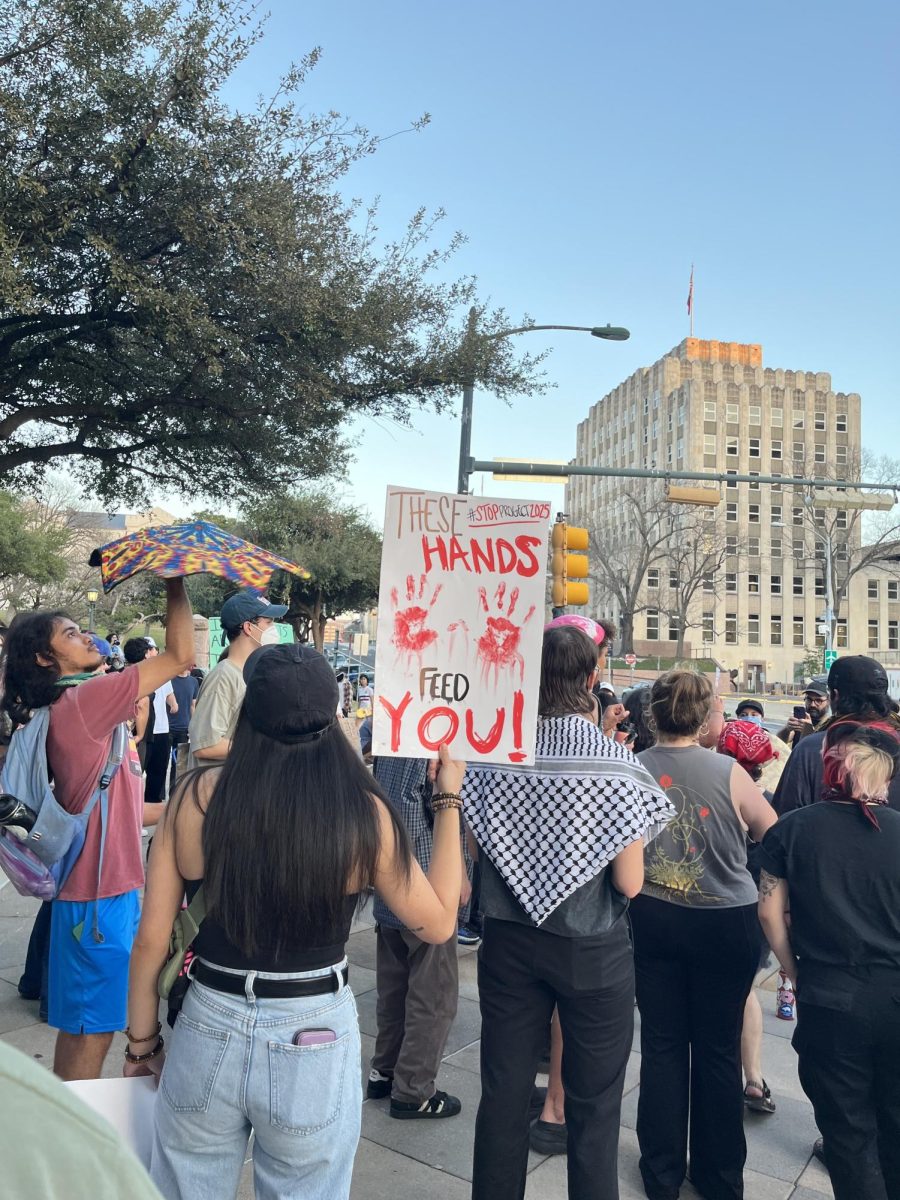The Rock and Roll Hall of Fame (RRHF) has recently announced their latest batch of nominees for admittance into its legendary walls. This year’s batch includes a notable array of musicians from Mariah Carey to Ozzy Osbourne. Of these 15 selected musicians, 10 have never received a nomination before.
Although Chairman of the RRHF Foundation stated “this remarkable list of Nominees reflects the diverse artists and music that the Rock & Roll Hall of Fame honors and celebrates,” it does little to address the museum’s legacy of ignoring females and artists of color who pioneered the music celebrated within its halls.
The RRHF was founded by Ahmet Ertegun and several record executives in 1986 without any real input from musicians. With this, there was a propensity to select artists from the labels compromising the executive board, such as Atlantic and Universal Music Group (UMG) Records. This is seen by looking at the historic list of inductees, and seeing that there were three of Atlantic Records signed performers (Chuck Berry, Ray Charles, Little Richard) and two UMG signees (James Brown, Fats Domino) in 1986.
While all of the inducted members of the Class of 1986 are incredible musicians and have left a large legacy, without the transparency of the foundation’s rationale, the weight of the award is tainted by suspicions of favoritism.
This lack of transparency is ultimately a deliberate cultivation by members of the foundation. In a 2013 writeup about the RRHF, the previous chairman of the nominating committee, Jon Landau, stated: “We’ve done a good job of keeping the proceedings nontransparent. It all dies in the room.” Landau, a relatively unknown participant in the music world, received a Lifetime Achievement Award in 2020.
The RRHF’s selection process has left many dissatisfied with what the foundation has done in the past. Musicians and outside voices alike have complained of how the foundation continually falls short of representing the persistently underrepresented in music.
The foundation has inducted over 255 members into its hall of fame, but only 63 females have ever been awarded the title (yes, I counted). A disparate number when you remember that the world’s population is 49.7% female and that in 2022 30% of the artists on the Billboard Hot 100 were female.
It can be stated that the lack of female representation within the RRHF is due to the overall lack of female representation within the music industry. This criticism is definitely worthwhile and should be considered. However, shouldn’t an institution dedicated to celebrating the rich history of music have a little more forethought in their selections? The RRHF was founded in 1986, which was 13 years after the Supreme Court’s Roe v. Wade was elected in 1973. Even if the RRHF predated the rise of second wave feminism, it still would not excuse its distasteful exclusion of many underrepresented artists.
The reason the organization has only recently started caring about the inclusion of female artists is due to their pursuit of profit. It is reasonable for the foundation to want to stay in business, but from the beginning talent has always taken a sideline to capital. This is shown with the museum’s choice to be located in Cleveland, Ohio which was a decision primarily influenced by the city’s $65 million commitment to the RRHF.
Looking at the foundation’s history, it is clear that the slight progression of female and minority nominees there is with the Class of 2024 is simply a method to keep it afloat in modern times. It is impossible to retroactively fix the decisions of the foundation, but perhaps the foundation can now put more value in the public’s opinion through “People’s Choice” selections.


